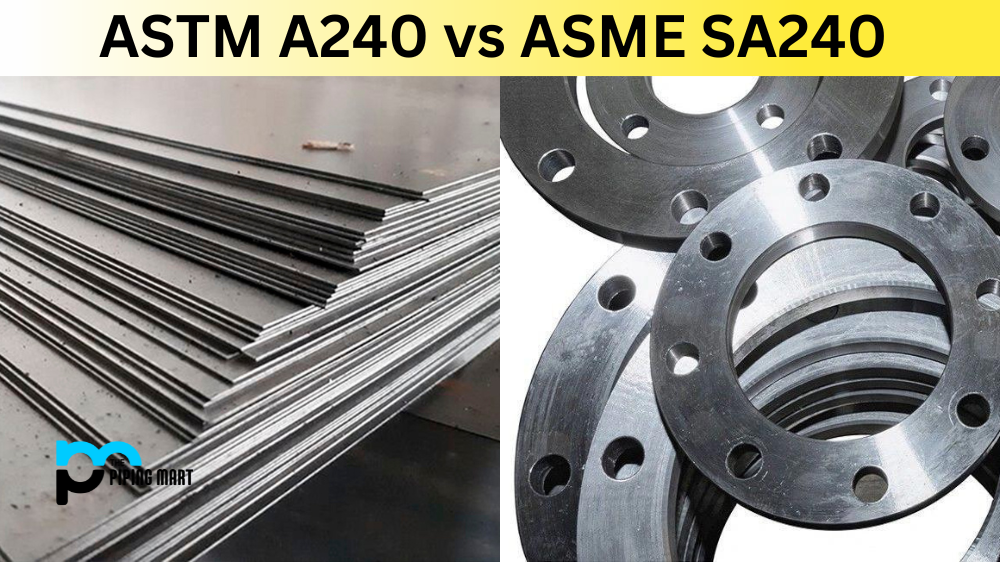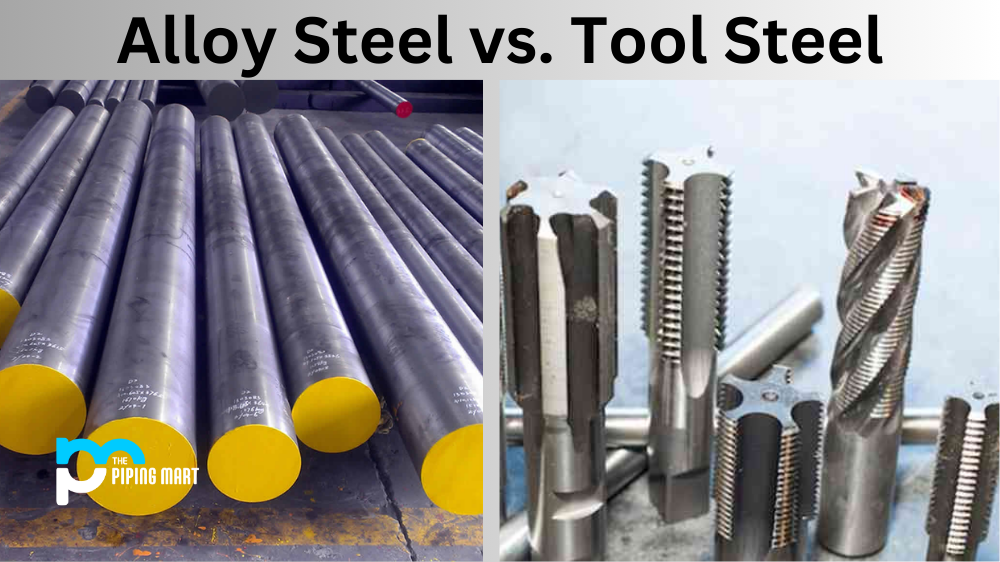When it comes to stainless steel plates, choosing the right material is critical. Two of the most commonly used standards are ASTM A240 and ASME SA240. It’s important to understand the differences between these two standards as they can affect the performance and suitability of your chosen material. In this blog post, we’ll look closer at ASTM A240 vs ASME SA240 to help you make an informed decision.
What is ASTM A240?
ASTM A240 is a standard specification for chromium and chromium-nickel stainless steel plate, sheet, and strip for pressure vessels and general applications. This specification covers various grades of stainless steel commonly used to manufacture heat exchangers, chemical tanks, and other pressure vessels. This standard is widely used in the US and is recognized globally.
What is ASME SA240?
ASME SA240 is almost identical to ASTM A240 in terms of its specifications. The only difference is that ASME SA240 is developed and maintained by the American Society of Mechanical Engineers (ASME) and is used primarily for pressure vessel applications. So, while ASTM A240 is used for pressure vessels and general applications, ASME SA240 focuses on the former.
Difference Between ASTM A240 and ASME SA240
Chemical Composition
ASTM A240 and ASME SA240 have different chemical composition requirements, which can affect the suitability of the material for specific applications. For example, ASME SA240 has stricter requirements for the amount of sulfur, phosphorus, nitrogen and carbon in the plate, sheet or strip. The difference in these chemical compositions can ultimately affect the material’s resistance to corrosion, heat and other environmental factors.
Mechanical Properties
Another key difference between these two standards is the mechanical properties of the stainless steel. ASME SA240 requires materials to undergo tensile testing, which measures the stress required to break the material. ASTM A240, on the other hand, focuses on yield strength. Both tests are important in determining the suitability of the material for specific applications and can affect the overall performance of the stainless steel.
Application
Ultimately, the choice between ASTM A240 and ASME SA240 comes down to the specific application for the material. While both standards have similar specifications, the differences in chemical composition and mechanical properties can affect the overall performance of the stainless steel and its suitability for certain applications. It’s important to consult with a stainless steel expert to determine which standard is best for your specific needs.
Conclusion
Choosing the correct stainless steel is critical in ensuring the quality and safety of your products. ASTM A240 and ASME SA240 are commonly used standards for stainless steel plates, sheets and strips. While they share many similarities, differences in chemical composition and mechanical properties can affect the suitability of the material for specific applications. Ultimately, it’s important to consult with an expert who can assist in making the right choice based on the specific needs of your project.

Pipingmart is a B2B portal that specializes in metal, industrial and piping items. Additionally, we share the latest information and information about materials, products and various types of grades to assist businesses that are involved in this business.




